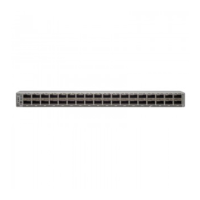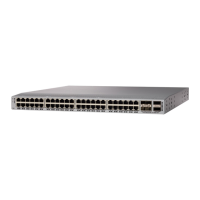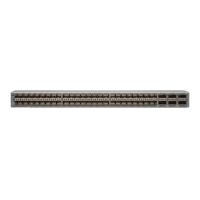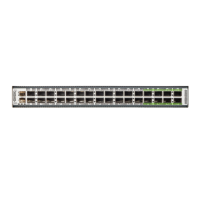CHAPTER 5
Troubleshooting Ports
This chapter contains the following sections:
•
About Troubleshooting Ports, page 37
•
Guidelines and Limitations for Troubleshooting Ports, page 37
•
Initial Port Troubleshooting Checklist, page 38
•
Viewing Port Information, page 38
•
Troubleshooting Port Statistics from the CLI, page 39
•
Troubleshooting Port-Interface Issues, page 39
About Troubleshooting Ports
Before a device can relay frames from one data link to another, the characteristics of the interfaces through
which the frames are received and sent must be defined. The configured interfaces can be Ethernet interfaces,
VLAN interfaces (SVIs), or the management interface (mgmt0).
Each interface has an associated administrative configuration and operational status as follows:
•
The administrative configuration does not change unless you modify it. This configuration has various
attributes that you can configure in administrative mode.
•
The operational status represents the current status of a specified attribute such as the interface speed.
This status cannot be changed and is read-only. Some values may not be valid when the interface is
down (such as the operation speed).
For a complete description of port modes, administrative states, and operational states, see the Cisco Nexus
9000 Series NX-OS Interfaces Configuration Guide.
Guidelines and Limitations for Troubleshooting Ports
Follow these guidelines when you configure a port interface:
Cisco Nexus 9000 Series NX-OS Troubleshooting Guide, Release 7.x
37
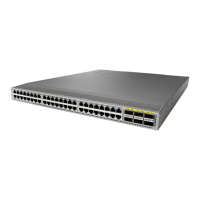
